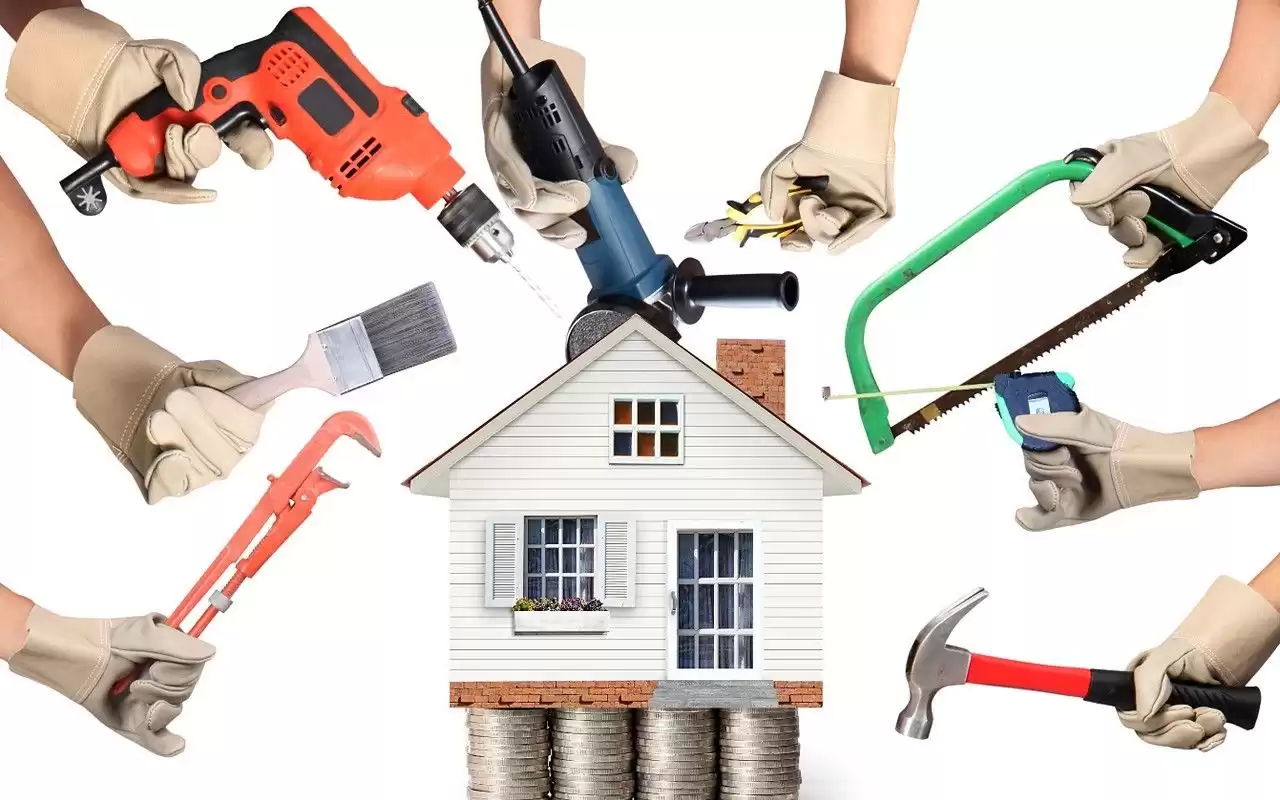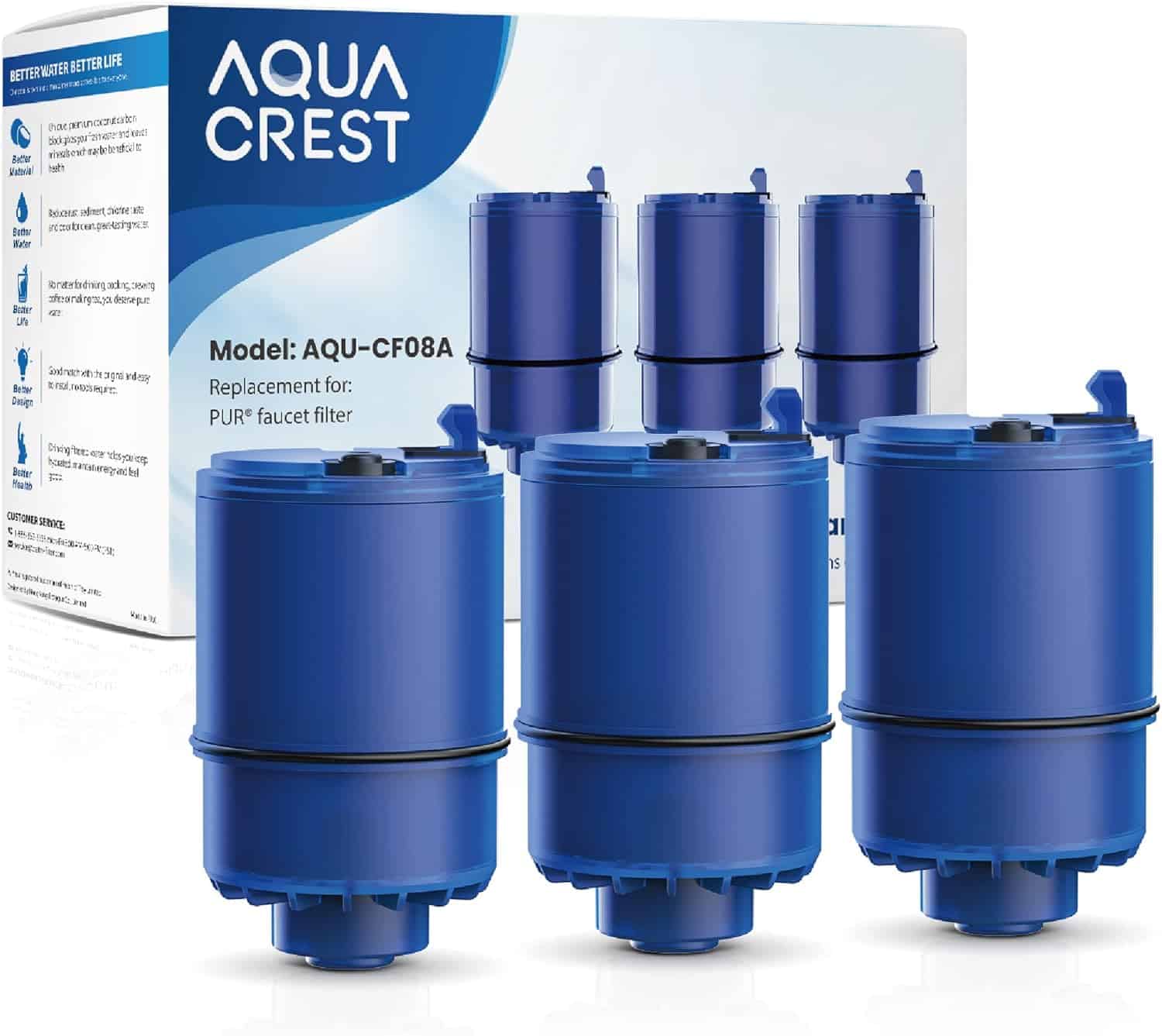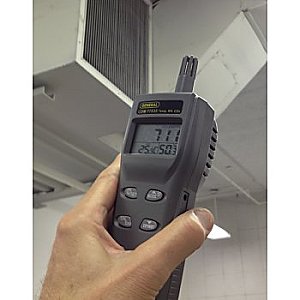Step-by-Step Guide: How to Replace a Toilet Fill Valve
A malfunctioning toilet fill valve can lead to various issues, including constant running water, weak flushing, and even water wastage. Fortunately, replacing a toilet fill valve is a relatively simple task that can be accomplished with a few basic tools and some patience. This blog post will provide a step-by-step guide on replacing a toilet fill valve and restoring your toilet’s functionality.
Tools and Materials Needed:
1. Adjustable wrench
2. Channel-lock pliers
3. Replacement toilet fill valve kit
4. Towel or sponge
5. Bucket or container
Step 1: Shut off the Water Supply:
Before starting the replacement process, you need to turn off the water supply to the toilet. Locate the shut-off valve, which is usually located behind or beside the toilet, and turn it clockwise to stop the water flow. Flush the toilet to drain the remaining water from the tank.
Step 2: Remove the Old Fill Valve:
Open the tank lid and locate the fill valve. Disconnect the water supply line connected to the bottom of the fill valve using an adjustable wrench. Next, locate the lock nut underneath the tank and use the channel-lock pliers to loosen and remove it. Once the lock nut is removed, you can lift the old fill valve out of the tank.
Step 3: Prepare the New Fill Valve:
Take the new fill valve from the replacement kit and follow the manufacturer’s instructions to assemble it. This typically involves attaching the refill tube, adjusting the height, and installing any necessary washers or seals. Make sure all the components are securely in place.
Step 4: Install the New Fill Valve:
Lower the new fill valve into the tank, ensuring that the valve’s base sits snugly in the hole at the bottom of the tank. Place the rubber gasket or washer supplied with the kit onto the valve’s base. From underneath the tank, thread the lock nut onto the valve’s base and tighten it by hand. Use the channel-lock pliers to give it an additional quarter turn to secure the fill valve in place.
Step 5: Connect the Water Supply Line:
Take the water supply line and reattach it to the bottom of the fill valve, ensuring it is tightened securely with the adjustable wrench. Be careful not to overtighten, as this could damage the valve or the supply line.
Step 6: Turn on the Water Supply:
With the fill valve securely installed and the water supply line connected, slowly turn on the water supply by turning the shut-off valve counterclockwise. Allow the tank to fill up, and check for any leaks around the new fill valve. If you notice any leaks, tighten the connections slightly until the leak stops.
Step 7: Test and Adjust:
Once the tank is filled, flush the toilet to ensure the fill valve is functioning correctly. Observe the tank refill process and make any necessary adjustments to the fill valve’s height or water level according to the manufacturer’s instructions.
FAQs related to How to Replace a Toilet Fill Valve
1. How do I know if my toilet fill valve needs to be replaced?
Signs of a faulty fill valve include constant running water, weak flushing, or the toilet not refilling properly after flushing.
2. What tools do I need to replace a toilet fill valve?
You’ll need an adjustable wrench, channel-lock pliers, a replacement toilet fill valve kit, a towel or sponge, and a bucket or container.
3. Can I replace a toilet fill valve without shutting off the water supply?
No, it’s important to shut off the water supply to the toilet before replacing the fill valve to prevent water leakage and potential damage.
4. Where is the shut-off valve for the toilet water supply located?
The shut-off valve is typically located behind or beside the toilet, near the floor or wall.
5. How do I remove the old fill valve from the toilet tank?
Disconnect the water supply line using an adjustable wrench, remove the lock nut underneath the tank with channel-lock pliers, and lift out the old fill valve.
6. Do I need any special skills or experience to replace a toilet fill valve?
No, replacing a toilet fill valve is considered a beginner-level plumbing task and can be done with basic tools and following the instructions.
7. Can I use any replacement fill valve kit for my toilet?
It’s best to use a replacement fill valve kit that is compatible with your toilet model. Consult the manufacturer’s instructions or a plumbing professional if you’re unsure.
8. How do I adjust the height of the new fill valve?
Most fill valve kits come with adjustable height options. Follow the manufacturer’s instructions provided with the kit to set the height correctly.
9. What should I do if there are leaks after installing the new fill valve?
If you notice leaks, try tightening the connections slightly using the appropriate tools. Ensure that all the components are properly installed and sealed.
10. How long does it typically take to replace a toilet fill valve?
The process usually takes around 30 minutes to an hour, depending on your level of experience and familiarity with the task.
Remember, if you encounter any difficulties or are unsure about any steps, it’s always a good idea to consult a professional plumber for guidance or assistance.
Replacing a toilet fill valve may seem daunting at first, but following these step-by-step instructions can easily accomplish the task. Remember to shut off the water supply, remove the old fill valve, install the new fill valve correctly, and test for any leaks. With a little effort and the right tools, your toilet will function optimally in no time.








